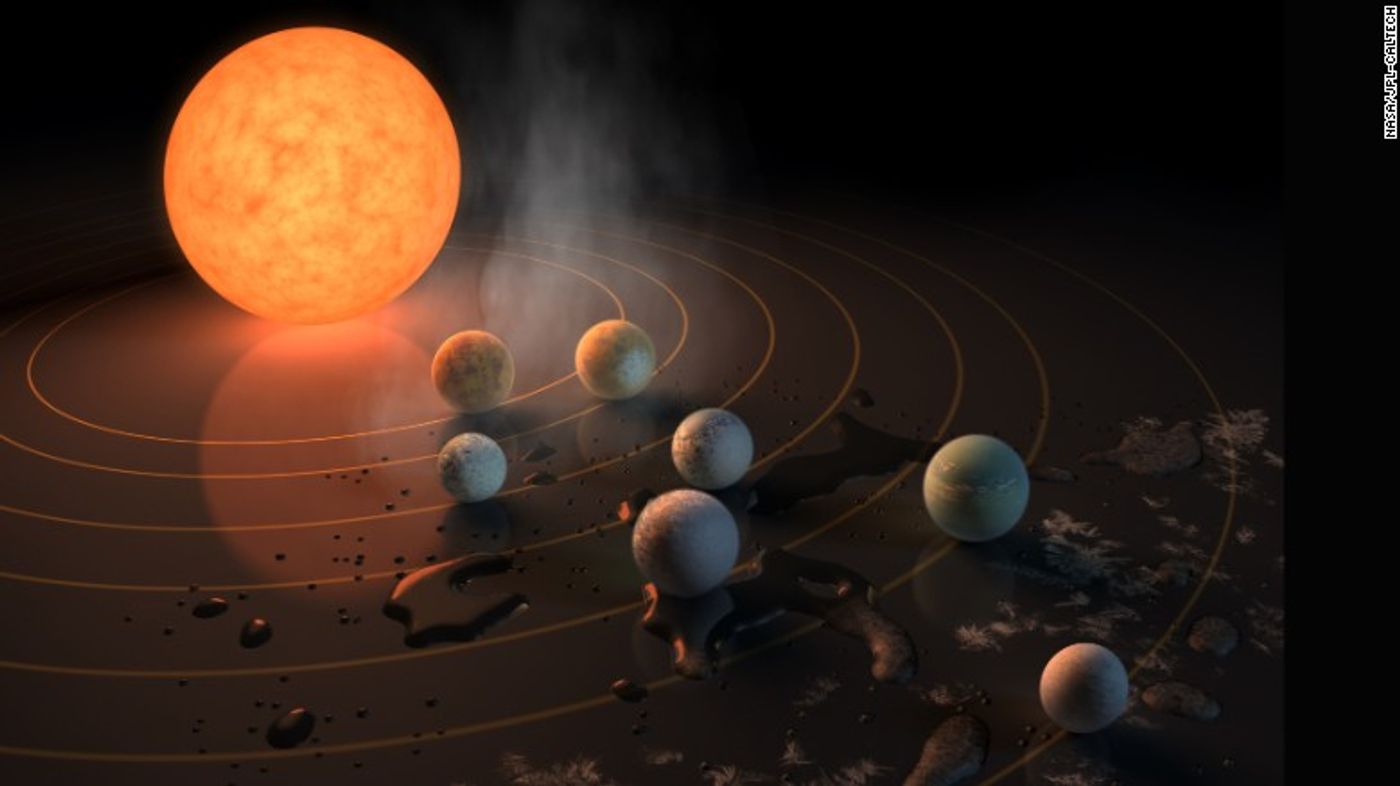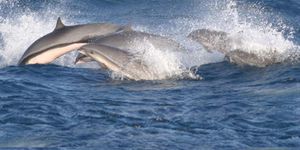Astronomers Spot 7 Earth-Like Exoplanets Orbiting a Nearby Star
Astronomers are quite excited this week after announcing in a study in the journal Nature that a nearby star by the name of TRAPPIST-1, an ultra-cool dwarf star approximately 40 light years away from us, has at least seven Earth-like exoplanets that could very well be capable of supporting life.
Image Credit: NASA/JPL-Caltech
These seven exoplanets have been named in order outwards from their star: TRAPPIST-1b, c, d, e, f, g and h. This is the highest number of Earth-like exoplanets ever found in a single neighboring star system before, which in itself is a record-breaker.
The exoplanets were found when astronomers were observing the TRAPPIST-1 system and noticed fading of the host star at regular intervals. It was obvious that at least three existed in the system, but finding the other four reportedly took a little bit of extra poking around.
According to the study, the seven exoplanets are all rocky and at least three of them exist in the star’s habitable zone. One of them is a bit far from the habitable zone, making it potentially icy there, and the other three are just a bit closer to the star, which makes them a bit warm. Regardless, all of the planets are rocky, rather than gassy like Jupiter.
As for those three that are comfortably placed in the habitable zone, on the other hand, experts say it’s possible that watery oceans exist on these planets. They look to be around the same size as Earth in addition to sharing a lot of similar qualities.
For what it’s worth, the temperatures of these three potentially ocean-hosting exoplanets would be a bit cooler than Earth is, but if there’s even a slight chance that the exoplanets have enough greenhouse gasses in their atmosphere, then they could be warm enough for life-suitable conditions.
The star itself is a very tiny star, amounting to only about 8% of the Sun’s size. Because it’s an ultra-cool dwarf planet, it’s also cooler, dimmer, and redder in comparison. This also means the star gives off significantly smaller amounts of radiation than our Sun does.
Its seven exoplanets all orbit TRAPPIST-1 in paths that are smaller than Mercury’s to our Sun, which might seem like the exoplanets would be too hot to live on, but given the circumstances of how cool and small the host star is, this isn’t the case and their positioning is proportionately correct as compared to our own Solar System.
"This is an amazing planetary system — not only because we have found so many planets, but because they are all surprisingly similar in size to the Earth," Michaël Gillon, an astronomer at the University of Liège in Belgium said in a statement.
Astronomers will undoubtedly be continuing to study this marvelous system to learn more about the seven Earth-like exoplanets. After all, if we are able to find liquid water on the surface of another exoplanet, it would be one of the largest eureka moments in all of astronomy, as it could point to life.
Source: Space.com









